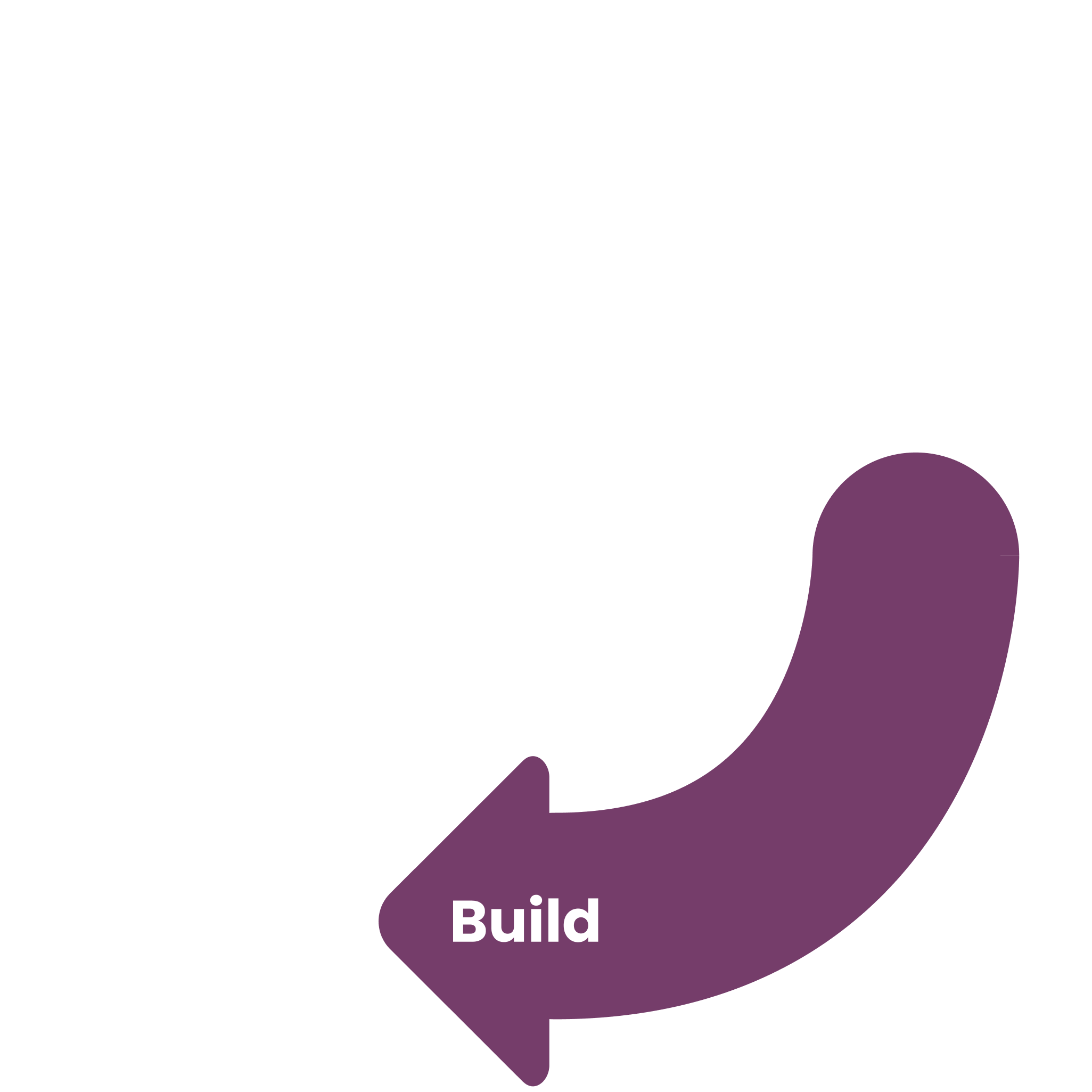Loading
Engineering Success







Learn
We started our project by making research on obtaining statistical data on paper towel usage, in addition to searching for specific organisms that will increase the productivity of our selected enzyme, cellulase. After finding about CelAB in T. turnerae (who is in a symbiotic relationship with Lyrodus pedicellatus a.k.a. shipworm) and EGII in T. reesei, the design section of our project was initialized.

Design
Recognizing the importance of the design section, we created guidelines to reach our
goals regarding the other stages of the engineering process. We worked on the processes that would
need to be implemented and learned about the computational/laboratory tool and techniques to be used
in the making of our enzyme. We took the catalytic region of CelAB and added a 6XHis tag at the end
to harvest our proteins way more easily. Our goal was to isolate the enzyme of the bacteria and use
it as a standalone material. Since the cellulase does hydrolysis, we only needed water and
substrates for it to work.
As for the EGII we removed the linker region, CBM domain and the signal peptide from the original sequence. We codon-optimized (for use in DH5α) the remaining sequence and again we added a 6XHis Tag at the end for the same reason. Later on, we did two mutations of our EGII C99V and D185S.


Build
Furthermore, we inscribed our designed sequence to E. Coli. (We inserted the cloning vector into D185⍺ and the expression vector into BL21.) We used laboratory techniques such as PCR, gel electrophoresis, gene transferring etc. We used pET29b+ vector and inserted the CelAB, EGII, EGII (C99V), and EGII(D185S) parts to the cutting region from NdeI to XhoI.


Test
To see if the expression of our enzymes was successful, we conducted a Bradford Analysis. If the indicator turned blue, it meant that the isolation experiment was successful. All of them except EGII D18S turned blue As a result, we reached the conclusion that D185S was a lethal mutation for the bacteria.

| Enzyme | Absorbance | Concentration (mg/mL) |
|---|---|---|
| CelAB | 0.3726625 | 0.127356103179867 |
| EGII | 0.2968375 | 0.3006875 |
| EGII (C99V) | 0.100889210792698 | 0.102233062236029 |
To see the activity of enzymes, we did a CMCase activity analysis. We made graphs according to the absorbance and concentration of our enzymes. We calculated enzyme activities according to our reaction time. CelAB got 17,5 U/min, EGII got 24,85 U/min and EGII(C99V) got 19,26 U/min.

